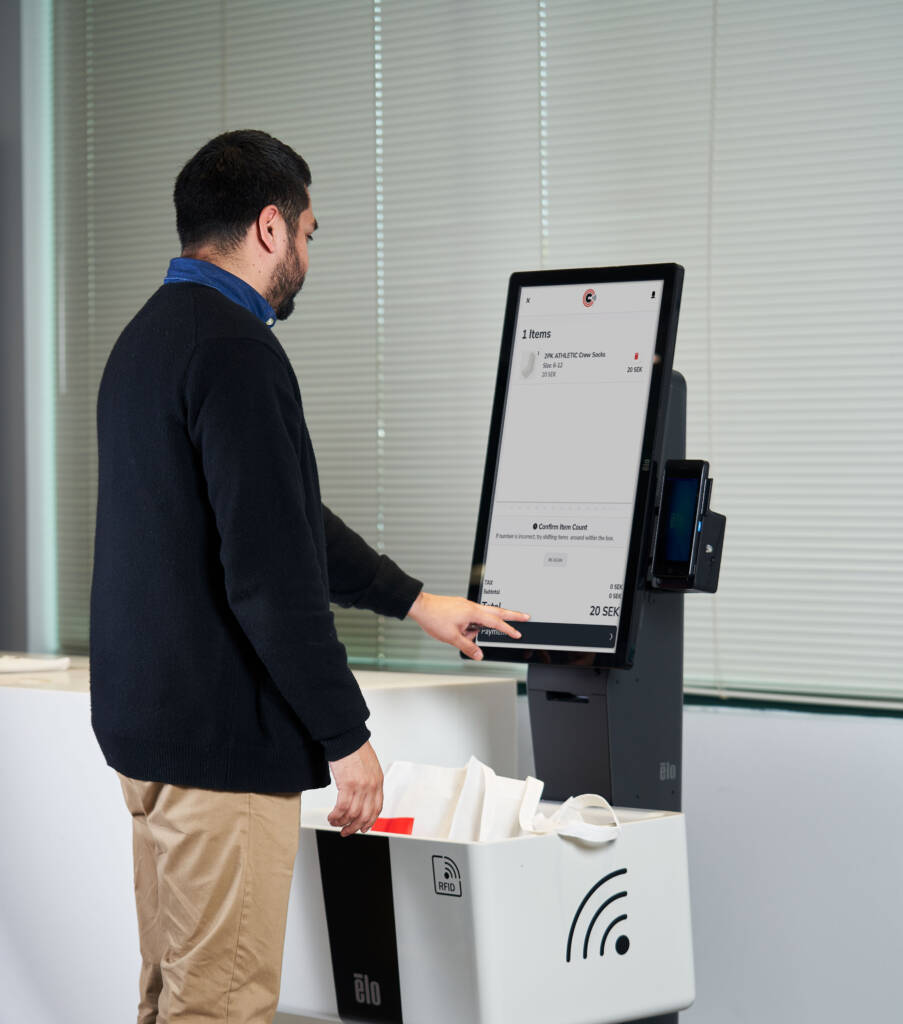How can retailers prepare their supply chain for the seasonal peak?
In 2018, holiday retail sales reached a whopping $701.2 billion, and the average US household will spend $1,536 on the festive season. However, this year – a year like no other – the holiday spending will look a little different, and retailers need to prepare for the change or risk missing out on a significant slice of the pie.
COVID-19, and the initial lockdown that ensued, has affected every aspect of our society, but few industries have been hit harder than retail. For the first time, shops were forced to shut their doors, turn away customers, and move their entire business online. This transition was unachievable for many retailers, so our high streets and shopping centers fell into months of darkness.
Fast forward from March to the present day, and the future of retail still looks uncertain. While they have been able to reopen and operate, allowing the customers to return, the landscape couldn’t be more different from how it was left when the first lockdown hit. Shoppers have adjusted their habits to be more focused on online purchasing, avoiding the bricks and mortar stores for fear of the virus. With the festive period fast approaching, many are rapidly trying to prepare their supply chain for the busiest time in a retailer’s year.
The seasonal peak for 2020 will look significantly different
The annual Christmas shopping peak is expected to hit retailers differently this year. In years gone by, many stores would naturally be drafting in as many staff as possible, piling on the in-store offers, and filling stock rooms to the rafters.
However, this year, the peak is going to be a little different. There will be fewer shoppers than ever before taking to the high streets to buy their Christmas gifts. In fact, online Christmas spending is expected to rise by as much as 25% this year, but expected to fall by 7% of in-store expenditure in the same time period.
While more spending will take place online than last year, these statistics can’t be taken as ‘all shopping will happen online’. It is still predicted that whilst in-store shopping will drop by 7%, it will still account for 67% of all festive purchases, making it the ‘big earner’ for retailers.
However, retailers need to embrace the fact that more will be spent online this Christmas (nearly an extra £7bn!). More focus will need to be placed on introducing a system that can handle both online and in-store purchases on a high volume.
Retails can benefit over Christmas from BOPIS 2.0 and implementing RFID
Retailers can prepare their supply chain for the seasonal peak by implementing a successful BOPIS 2.0 model. To do this, implement RFID technology if they haven’t already done so. A reliable and successful BOPIS 2.0 model will allow retailers to operate to a higher capacity online, maximizing the amount of business they can do out-of-store, as well as improving the user experience.
To operate a highly successful BOPIS 2.0 model, retailers must implement RFID technology within their organisations, otherwise they simply cannot hope to implement a BOPIS mode successfully. RFID technology helps retailers to achieve an inventory accuracy that would be otherwise unachievable, and therefore operate an effective, accurate, and profitable BOPIS model.
Preparing your physical store for Christmas
While there is a need to become more proficient and efficient in an online capacity, it should be recognised that more than two-thirds of festive spending will take place in-store. It is a segment of the market that cannot afford to be ignored, and shops need to become a safe place to return, and adapt their offerings to adhere to consumer needs.
These measures can take a number of different shapes, such as implementing a one-way system around the store, limiting the number of shoppers in the store at any one time, and enforcing the rule that face masks are required when in-store.
Specifically in the retail industry, customers are also no longer able to try on clothes before they buy them, so retailers have had to implement a more watertight returns policy. Supported by an effective BOPIS 2.0, retailers can inform customers about other replacement products currently in stock.
Key learnings
Although 2020 has been a year like no other, retailers still have to think carefully about their traditional festive sales plans, keeping COVID-19 safety in mind. Making sure that stores are ‘COVID-safe’ will help to entice more customers to return, whilst employing a successful online model will help to attract the customers who are turning to online shopping. Christmas spending is expected to be the highest it has ever been, so retailers need to be sure they are ready for the Christmas period in order to make the most of what is on offer.










